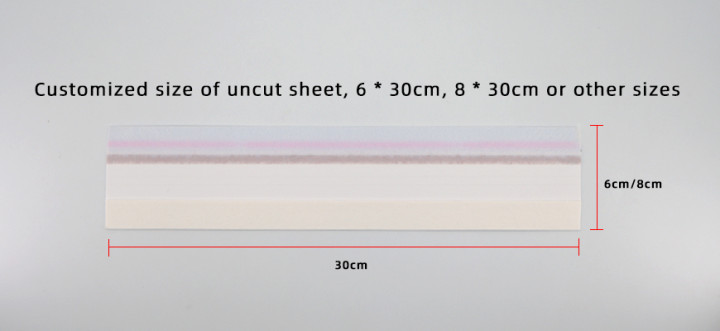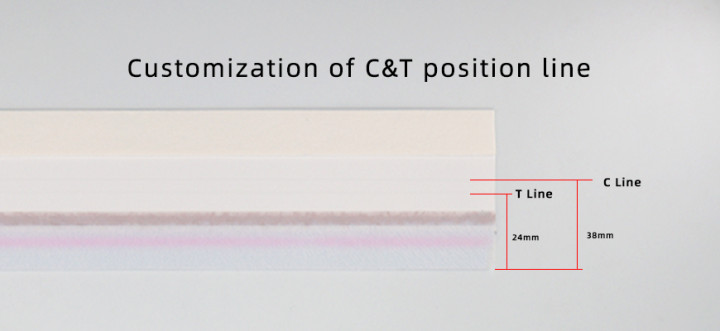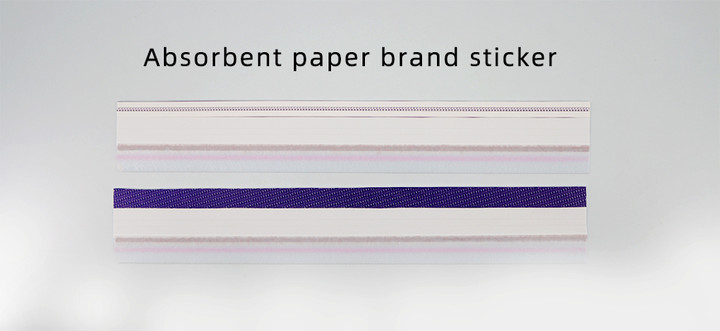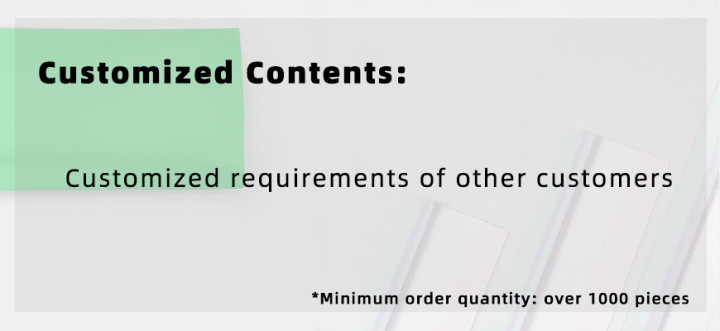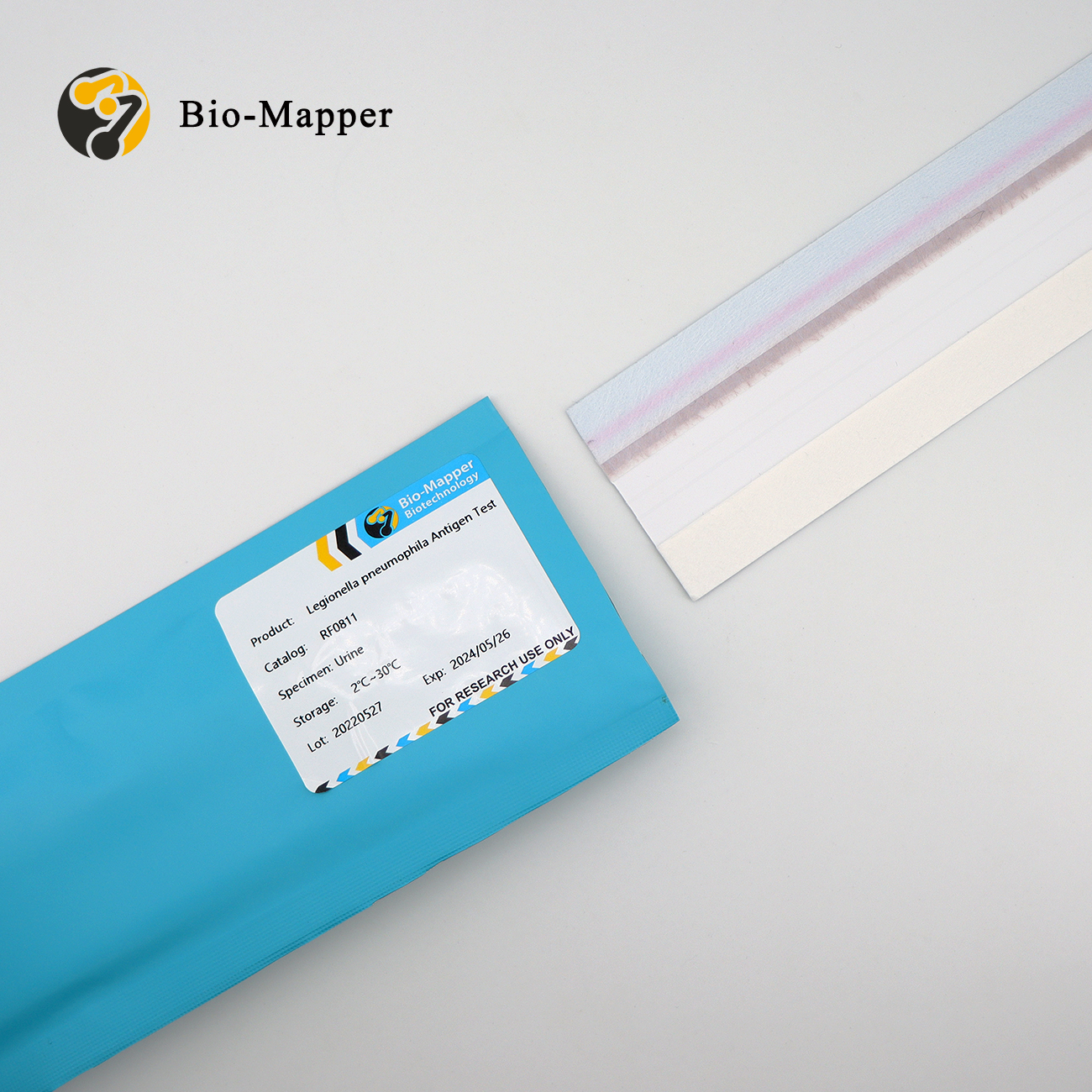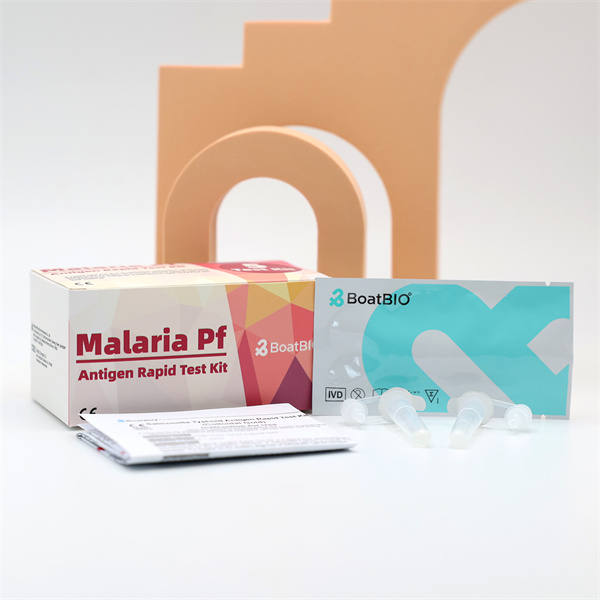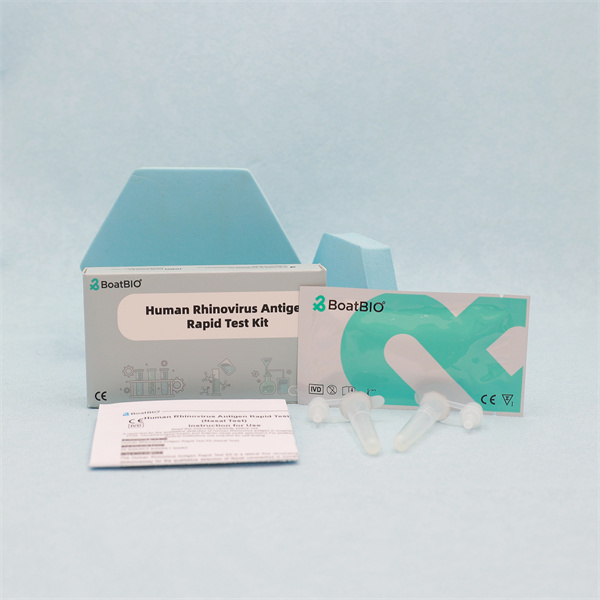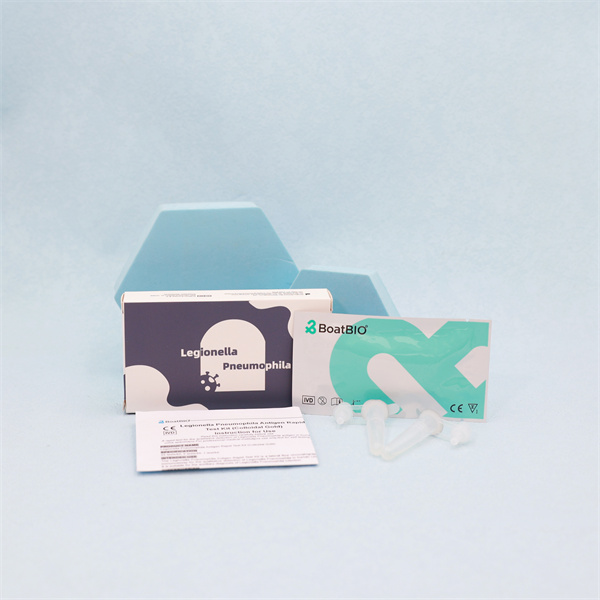Detailed description
Western blot (WB), strip immunoassay (LIATEK HIV Ⅲ), radioimmunoprecipitation assay (RIPA) and immunofluorescence assay (IFA). The commonly used validation test method in China is WB.
(1) Western blot (WB) is an experimental method widely used in the diagnosis of many infectious diseases. As far as the etiological diagnosis of HIV is concerned, it is the first confirmation experimental method used to confirm HIV antibodies. The detection results of WB are often used as the “gold standard” to identify the advantages and disadvantages of other testing methods.
Confirmation test process:
There are HIV-1/2 mixed type and single HIV-1 or HIV-2 type. First, use HIV-1/2 mixed reagent to test. If the reaction is negative, report that HIV antibody is negative; If it is positive, it will report that it is HIV-1 antibody positive; If the positive criteria are not met, it is judged that the HIV antibody test result is uncertain. If there is a specific indicator band of HIV-2, you need to use HIV-2 immunoblotting reagent to carry out the HIV 2 antibody confirmation test again, which shows a negative reaction, and report that the HIV 2 antibody is negative; If it is positive, it will report that it is serologically positive for HIV-2 antibody, and send the sample to the national reference laboratory for nucleic acid sequence analysis,
The sensitivity of WB is generally not lower than that of the preliminary screening test, but its specificity is very high. This is mainly based on the separation, concentration and purification of different HIV antigen components, which can detect antibodies against different antigen components, so the WB method can be used to identify the accuracy of the preliminary screening test. It can be seen from the WB confirmation test results that although the reagents with good quality are selected for the preliminary screening test, such as the third generation ELISA, there will still be false positives, and accurate results can only be obtained through the confirmation test.
(2) Immunofluorescence assay (IFA)
IFA method is economical, simple and fast, and has been recommended by FDA for the diagnosis of WB uncertain samples. However, expensive fluorescent microscopes are required, well trained technicians are required, and the observation and interpretation results are easily affected by subjective factors. The results should not be preserved for a long time, and IFA should not be carried out and applied in general laboratories.
HIV antibody confirmation test results report
The results of HIV antibody confirmation test shall be reported in Attached Table 3.
(1) Comply with the HIV 1 antibody positive judgment criteria, report “HIV 1 antibody positive (+)”, and do a good job of post test consultation, confidentiality and epidemic situation report as required. Comply with the HIV 2 antibody positive judgment criteria, report “HIV 2 antibody positive (+)”, and do a good job of post test consultation, confidentiality and epidemic situation report as required.
(2) Conform to the HIV antibody negative judgment criteria, and report “HIV antibody negative (-)”. In case of suspected “window period” infection, further HIV nucleic acid testing is recommended to make a clear diagnosis as soon as possible.
(3) Conform to the criteria for HIV antibody uncertainty, report “HIV antibody uncertainty (±)”, and note in the remarks that “wait for retest after 4 weeks”.




